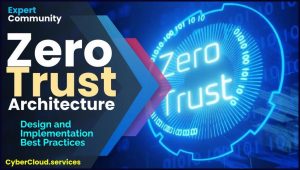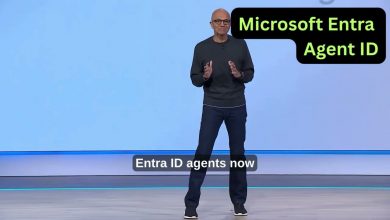Legacy to Leading Edge: Why Automated Microsegmentation is the New Security Standard
Automated microsegmentation addresses critical Zero Trust gaps by providing granular, dynamic, and adaptive network security that traditional access controls and legacy segmentation solutions often fail to deliver.
 In an era where cyber threats evolve at an unprecedented pace, the limitations of traditional access controls and legacy network segmentation solutions have become glaringly apparent.
In an era where cyber threats evolve at an unprecedented pace, the limitations of traditional access controls and legacy network segmentation solutions have become glaringly apparent.
These outdated approaches, built on static rules and perimeter-based trust, struggle to secure the dynamic, distributed environments of modern enterprises.
As organizations embrace cloud architectures, hybrid infrastructures, and containerized workloads, the gaps in achieving a true Zero Trust security model—where no entity is inherently trusted and every access request is rigorously verified—have grown increasingly critical.
Enter automated microsegmentation, a transformative approach that redefines network security with precision, adaptability, and scalability.
Micro-segmentation
Automated micro-segmentation addresses critical Zero Trust gaps by providing granular, dynamic, and adaptive network security that traditional access controls and legacy segmentation solutions often fail to deliver. Here’s how it tackles these gaps:
Granular Control Over Lateral Movement:
Traditional access controls, like firewalls or VLANs, often rely on broad network zones or perimeter-based security, leaving internal networks vulnerable to lateral movement by attackers who breach the perimeter. Automated microsegmentation creates fine-grained segments down to individual workloads, applications, or even processes. This isolates critical assets, limiting an attacker’s ability to move laterally within the network, a key Zero Trust principle of “never trust, always verify.”
Dynamic Policy Enforcement:
Legacy segmentation solutions often use static rules that struggle to keep up with dynamic environments like cloud, hybrid, or containerized infrastructures. Automated microsegmentation leverages real-time visibility and machine learning to dynamically adapt policies based on workload behavior, traffic patterns, or changes in the environment. This ensures continuous enforcement of least-privilege access, addressing Zero Trust’s need for ongoing verification without manual intervention.
Identity-Centric Segmentation:
Traditional controls often rely on IP addresses or network-based identities, which are easily spoofed or outdated in modern environments. Automated microsegmentation integrates with identity and access management (IAM) systems to enforce policies based on user, device, or workload identities. This aligns with Zero Trust’s focus on strong identity verification, ensuring only authorized entities access specific resources.
Reduced Attack Surface:
Legacy solutions often leave large attack surfaces due to overly permissive rules or lack of visibility into application dependencies. Automated microsegmentation maps application flows and enforces policies at the application layer, reducing the attack surface by allowing only necessary communications. This addresses Zero Trust’s emphasis on minimizing implicit trust zones.
Simplified Management and Scalability:
Traditional segmentation is labor-intensive, requiring manual rule configuration that doesn’t scale well in complex environments. Automated microsegmentation uses AI-driven tools to discover, map, and enforce policies automatically, reducing human error and operational overhead. This scalability ensures Zero Trust principles can be applied consistently across diverse, dynamic infrastructures.
Real-Time Threat Detection and Response:
Legacy solutions often lack integration with threat intelligence or real-time monitoring, leaving gaps in detecting active threats. Automated microsegmentation platforms integrate with threat detection systems, enabling real-time anomaly detection and automatic isolation of compromised workloads. This aligns with Zero Trust’s proactive stance on continuous monitoring and rapid response.
By addressing these gaps, automated microsegmentation operationalizes Zero Trust more effectively than traditional controls, providing a robust framework for securing modern, distributed environments.



